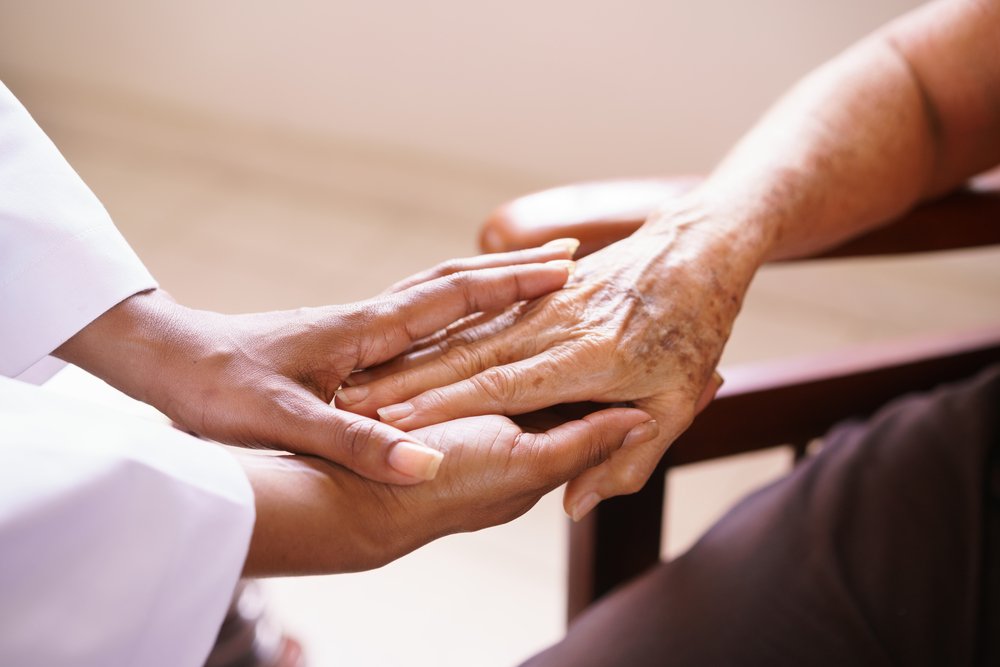Huntington’s Patients Would Benefit from More Hospice Involvement, Researchers Argue

Less is known about the late stages of Huntington’s disease than about its earlier stages, particularly concerning patients enrolled in hospice care. Researchers studying this patient group recently concluded that they would benefit from more extensive involvement of hospice in end-of-life care.
The study, “Utilization of hospice services in a population of patients with Huntington’s Disease,” showed that Huntington’s patients enter hospice at a younger age than patients with other chronic conditions. They also stay longer, indicative of the disease’s complexity and its demands on caregiving.
Hospice workers and administrators could benefit from more education about the disease to improve care, the researchers recommended.
To study Huntington’s patients in hospice, researchers at the University of Pennsylvania used electronic medical records from 12 hospices in the CHOICE network, from 2008 to 2012. CHOICE, short for Coalition of Hospices Organized to Investigate Comparative Effectiveness, is a research-focused network of 72 hospices across the U.S. Of 164,032 patients in the records, 101 (0.06%) were diagnosed with Huntington’s disease.
The report, published in the Journal of Pain and Symptom Management, showed that the median age of patients was 57, with the majority in an age range of 48-65 when they were admitted to hospice. This was significantly lower than the median age of 76 for other patients.
When Huntington’s patients were admitted to hospice, most either had been living at home or in a long-term care facility. Upon admission, most of the patients were confined to bed or could only walk with assistance.
They typically stayed longer in hospice than other patients, with a median stay of 42 days compared with 17 days for other patients.
While patients with other diagnoses were most likely to die at home, 40% of Huntington’s hospice patients died in long-term care facilities, and 37% died in an inpatient hospice or hospital. Only 23% died at home.
Huntington’s patients most often reported pain as their main symptom upon hospice admission, followed by anxiety, nausea, and breathing difficulties. Researchers said they did not include typical Huntington’s symptoms such as movement abnormalities and mood swings in the analysis.
They argued that many of the findings — including earlier admission ages and longer stays — reflect the disease’s burdensome and complicated nature. The burden on family caregivers is extensive, particularly when managing psychiatric and behavioral abnormalities.
Earlier studies suggest that chorea contributes less to disability in Huntington’s patients than emotional issues such as stress, anxiety, and depression.
Their data suggest that caregivers and patients should continue to consider hospice care until researchers come up with better solutions for managing and treating Huntington’s patients’ unique symptoms and psychosocial needs.
“Until we can delay the progression of this fatal disease, all treatment remains palliative, and patients would benefit from greater involvement of hospice in end-of-life care,” researchers stated.






